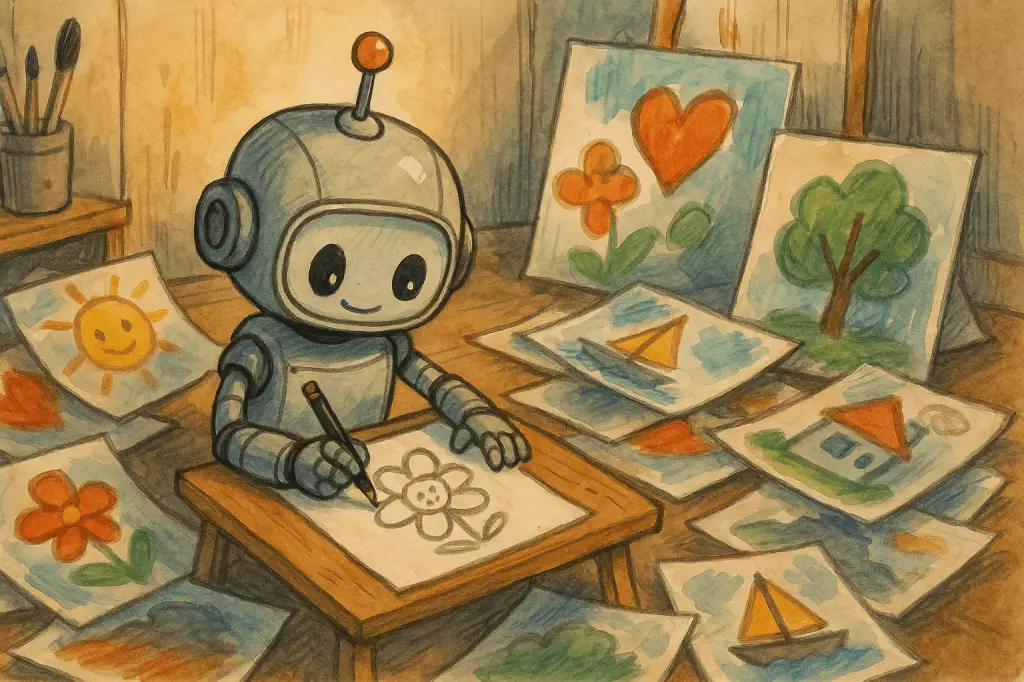The rapid evolution of artificial intelligence has brought forth groundbreaking tools that are reshaping the creative landscape. One of the most significant developments comes from OpenAI, which has integrated a powerful image generation model, gpt-image-1, into its API. This advancement allows businesses and developers to seamlessly incorporate Studio Ghibli-inspired images into their digital platforms, sparking a new wave of creativity. The applications are vast, ranging from marketing and branding to content creation. OpenAI’s blog post on this development paints a picture of versatility and innovation that is hard to overlook.
By enabling direct image generation within existing tools and applications, OpenAI is not merely offering a service; it’s granting access to a new frontier of creative expression. Businesses, whether large corporations or nimble startups, can leverage sophisticated image-rendering capabilities without needing to step away from their established workflows. This integration is significant in an era where visual storytelling is paramount for engaging consumers.
Pricing Dynamics and Competitive Landscape
While OpenAI’s image generation model presents ample opportunities, the pricing structure reveals a layered complexity that could influence adoption rates. Text input tokens are priced at $5 per million, which seems an accessible starting point for businesses aiming to generate prompts. However, the steep cost of generated images at $40 per million tokens represents a considerable investment. In contrast, competitors like Stability AI and Google are adopting a more user-friendly credit system, with costs that could be more palatable for budget-conscious enterprises.
For companies with aspirations of churn-intensive content creation, balancing budget constraints with the need for high-quality assets becomes a crucial consideration. Although OpenAI boasts high-quality outputs, businesses must navigate through the economic implications of these services. The opportunity lies in how companies choose to integrate these tools into their revenue-generating strategies, and whether the output adds sufficient value to justify costs.
Market Trends: The Allure of Studio Ghibli
The internet buzz surrounding Studio Ghibli-inspired images is a testament to how quickly trends can captivate audiences in the digital age. Upon realizing that they could generate Ghibli-style images via ChatGPT, users flooded social media, leading to a remarkable phenomenon that even caused OpenAI’s systems to feel the strain. This trend highlights the impact popular culture can have on the adoption of new technologies. It sends a resonant message: users seek personalization and unique expressions that echo their cultural touchstones.
The rapid surge in Ghibli-themed content speaks volumes about the model’s capabilities not only to produce art but also to connect on emotional and cultural levels. As businesses explore the commercial potentials of such trends, the challenge will be to strike a balance between creative innovation and sustainable practices in their campaigns.
Strategic Collaborations: The Path Forward for Enterprises
The adoption of OpenAI’s gpt-image-1 is proving to be more than just an individualistic endeavor; it’s catalyzing strategic partnerships across industries. Notable brands like Canva and GoDaddy are already exploring innovative ways to embed this technology into their offerings. For instance, Canva’s vision of integrating AI-powered image generation into its design tools reflects an exciting synergy—combining user-friendly design with advanced AI capabilities.
The implications are profound. By facilitating workflows that blend creativity with efficiency, these collaborations can revolutionize how brands manage their visual assets. Tools like Airtable already showcase how managing creative workflows at scale can be transformed through the merger of AI and traditional business operations. This shift aligns with a broader trend of digitization and customization, allowing brands to maintain a personalized touch even at scale.
Navigating Ethical Considerations in AI-Generated Content
As businesses embrace AI-driven image generation, they must also grapple with ethical questions surrounding the authenticity and ownership of content. OpenAI’s incorporation of metadata to specify that images are AI-generated showcases a commitment to transparency that could help mitigate concerns about copyright infringement and content validation. In a world where the line between human creativity and artificial intelligence is continually blurred, frameworks for responsible usage and attribution will be crucial.
The Coalition for Content Provenance and Authenticity (C2PA) is touted as part of the solution, offering methods to track ownership and ensure content integrity. As we step into this new age of creative exploration, a conscientious approach towards ethics in AI will not only preserve trust but also enhance the legitimacy of digital assets produced with the help of these groundbreaking technologies.


Leave a Reply